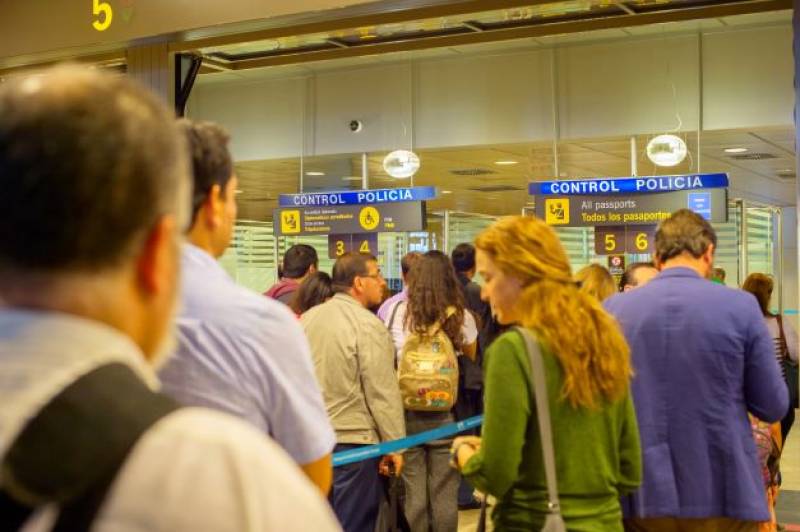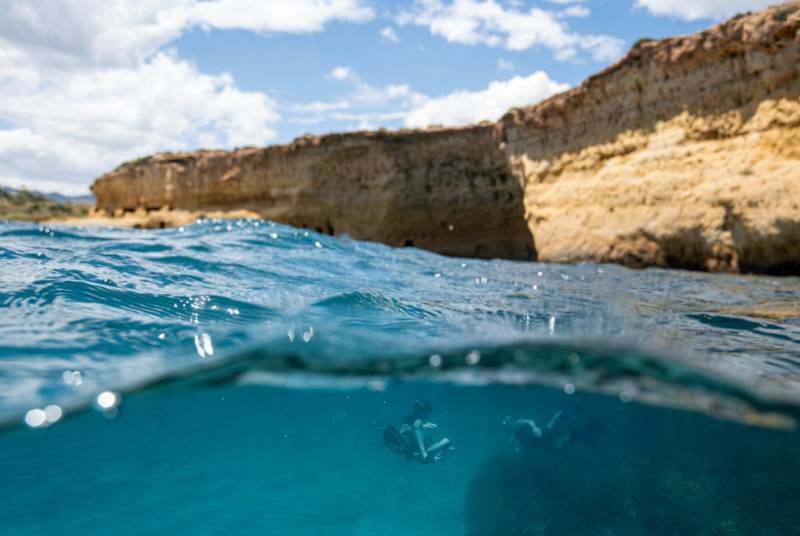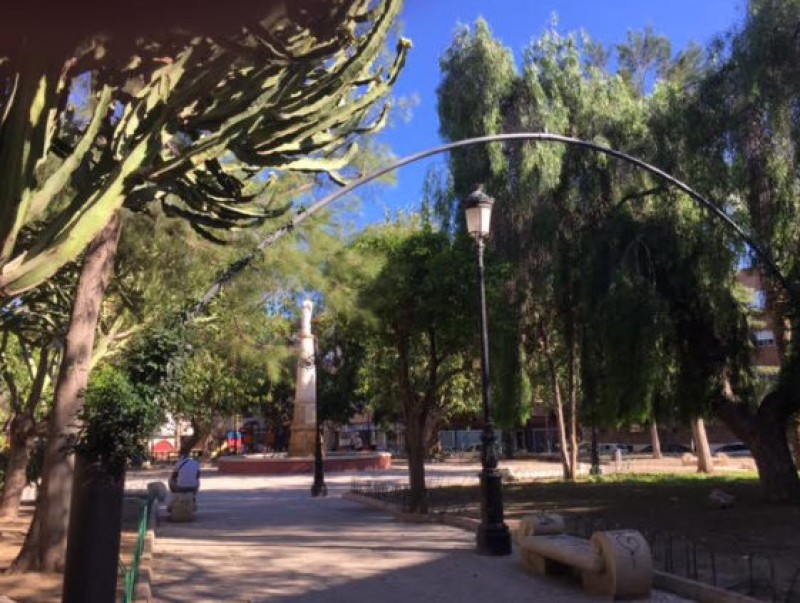- Region
- Vega baja
- Marina Alta
- Marina Baixa
- Alicante
- Baix Vinalopo
- Alto & Mitja Vinalopo
-
ALL TOWNS
- ALICANTE TOWNS
- Albatera
- Alfaz Del Pi
- Alicante City
- Alcoy
- Almoradi
- Benitatxell
- Bigastro
- Benferri
- Benidorm
- Calosa de Segura
- Calpe
- Catral
- Costa Blanca
- Cox
- Daya Vieja
- Denia
- Elche
- Elda
- Granja de Rocamora
- Guardamar del Segura
- Jacarilla
- Los Montesinos
- Orihuela
- Pedreguer
- Pilar de Horadada
- Playa Flamenca
- Quesada
- Rafal
- Redovan
- Rojales
- San Isidro
- Torrevieja
- Comunidad Valenciana
article_detail
Outlying districts of Mazarron, La Atalaya
La Atalaya is a small village a few kilometres west of Mazarrón
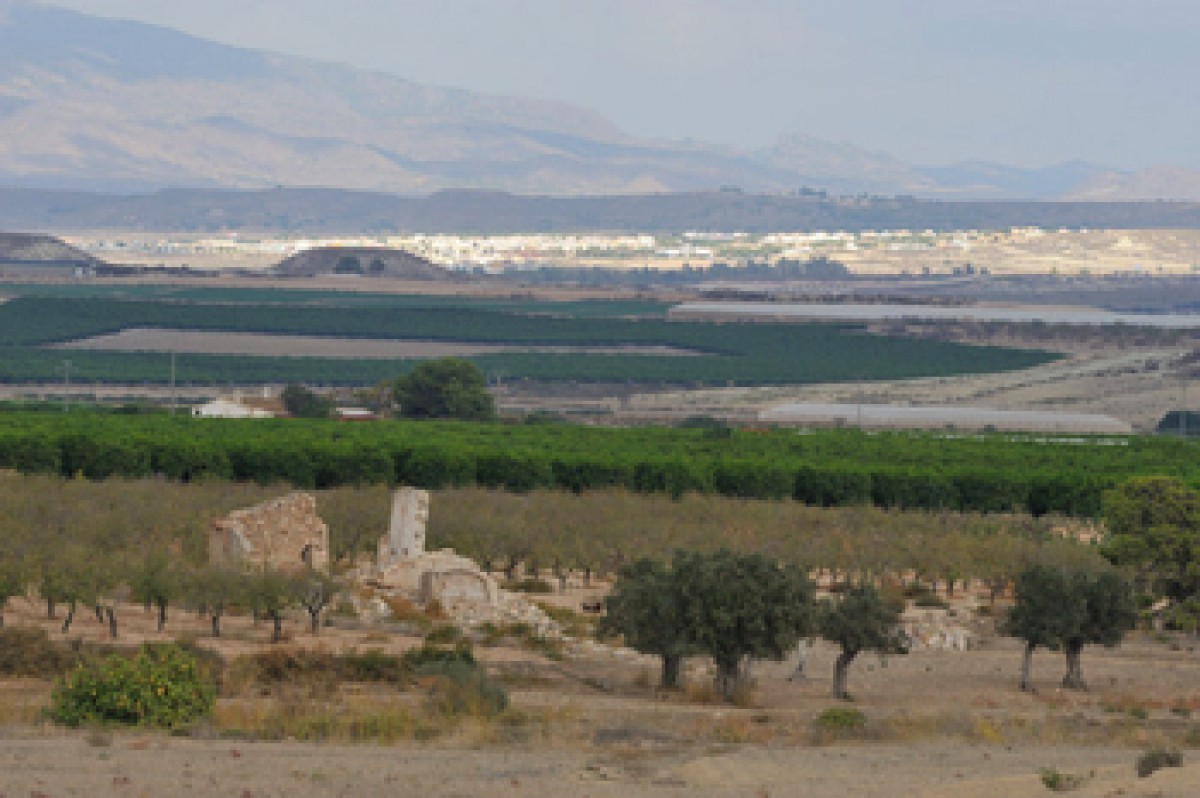
The outlying district (or "pedanía") of La Atalaya is a small farming community located a few kilometres west of the town of Mazarrón and is currently home to 156 people, according to the local "padrón" register in 2021.
At first glance there is little to indicate the historical importance of this area for Mazarrón, as much of the mining in the past took place in the mountains behind La Atalaya, mainly in the Coto de Fortuna. But there was undoubtedly pre-historic habitation in the area and remains have been found relating to the Argaric culture, which existed between 1800 and 1300 BC.
However, the culture which had most impact on this area was that of the Romans, who are known to have carried out major mining activities in the Coto de Fortuna, where among the items found are ceramics, mining tools, textiles, mining infrastructures and inscribed stones. Studies have shown that the mines of Coto Fortuna were activated by the Romans during two separate periods, the first from their arrival in 209 BC to the 1st century AD, and the second from the 4th century AD onwards.
While these mines were undoubtedly rich in minerals, their exploitation was made more viable by their proximity to a major source of transportation. The Mediterranean coastline linked the area of Mazarrón to Carthago Nova (Cartagena) by sea, and from there goods were sent out into the trading network of the Roman Empire and the Mediterranean basin.
More information about the Coto de Fortuna mines can be found in the introduction to the district of Leiva.
Following the departure of the Romans, the area was occupied from the 8th to the 13th century by the Moors from northern Africa, although very little interest was shown in the mines as their activity was limited to farming. There are no noticeable remains of Moorish occupation during this period but the y remained until the Christian Reconquista in the mid-13th century.
After the Reconquista of the Kingdom of Murcia, which was established by the Treaty of Alcaraz in 1243, many areas including Mazarrón suffered a significant drop in population, as the Moorish population departed and the area became frontier territory due to its proximity to the Moorish kingdom of Granada. Efforts to re-populate the area achieved limited success but by the end of the 13th century the land out of sight of the coast was populated by agricultural and livestock farms, where the farmers lived under the protection of the small fortresses and watchtowers which were dotted all over the countryside of Mazarrón.
Still, though, frequent raids by Berber pirates made the coast a dangerous place to live and the watchtowers were put to good use, warning farmers of the frequent attacks which took place along the murcian coastline. The word Atalaya, it is worth remembering, means watchtower.
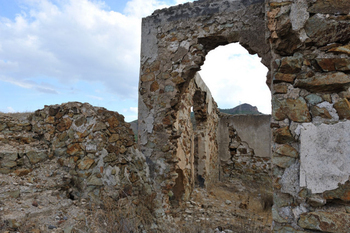
In the 15th century more alum deposits were found and industry grew up alongside them until the end of the 16th century, continuing the municipality's mining tradition.
In the 17th and 18th centuries mining was based principally on lead and silver, and in the 19th century the mines became more productive as more intensive techniques were introduced and iron ore was also extracted. This industry provided employment for locals and was the basis of Mazarrón's economy, with the population growing as more people were attracted by the prosperity of the town. Meanwhile, farming continued in the countryside, and there were various flour mills near La Atalaya, attesting to the importance of cereal crops.
After the mines finally closed in the mid-20th century the agriculture of the area necessarily assumed more importance, and when the water supply was finally guaranteed by the Tajo-Segura canal in the 1980s drip irrigation farming and greenhouses transformed agricultural production. Today the area is very much dominated by agriculture, the most important crops including tomatoes, artichokes, olives, citrus and melons.
Fiestas in La Atalaya
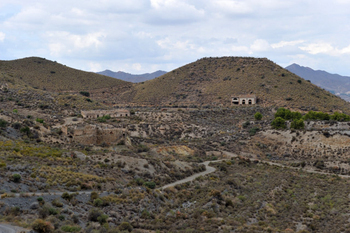 The local fiestas in La Atalayas are dedicated to Corpus Christi, which falls on the Thursday following the eighth Sunday after Easter. Therefore there is no fixed date, but it normally falls at the end of May or the beginning of June.
The local fiestas in La Atalayas are dedicated to Corpus Christi, which falls on the Thursday following the eighth Sunday after Easter. Therefore there is no fixed date, but it normally falls at the end of May or the beginning of June.
Property in La Atalaya
This is a small farming hamlet with a small urban centre and is home to only around 200 people in total, many of them working in the agricultural sector. There is very little in the way of facilities, the village having a small social centre but little else, and residents drive to nearby Leiva for restaurants and into Mazarrón for shopping. It´s not the prettiest of villages but has fewer plastic greenhouses than other parts of Mazarrón and there are some beautiful locations in the nearby mountains. As a result, the area is sparsely populated and not over-developed.
There are some newly built apartments in the centre of the village which offer modern accommodation with communal pool facilities, away from the main residential and urban areas of Mazarrón. Other properties are in the countryside and attract those looking for the proximity of the facilities of Mazarrón and the beaches, without the urban location.
Expat families are scattered in the "campo" nearby and a large expat community is to be found at the nearby development of Camposol, with a wide range of clubs and support organisations for expat residents and homeowners.
Location
For more local information including news, what's on and what to see, go to the home page of Mazarrón Today.
article_detail
Contact Murcia Today: Editorial 000 000 000 /
Office 000 000 000



